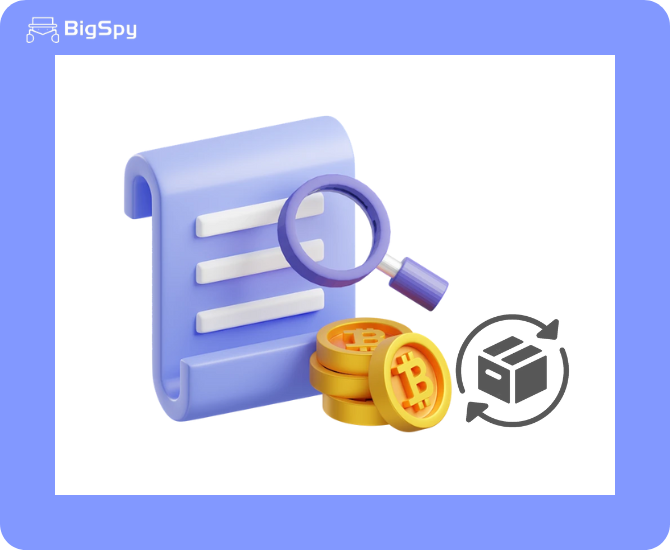How to Generator Your Returns Policy for Shopify?

How to Create a Return Policy on Shopify?
To create a return policy on Shopify, follow these steps:
1. Go to your Shopify admin panel.
2. Click on "Settings" > "Policies."
3. In the "Written Return and Refund Policy" section, input your personalized store's return and refund policy.
4. Click "Save" to add your return and refund policy.

How to Set Your Shopify Refund Time Frame?
The refund time frame on Shopify can vary based on factors like payment methods and bank processing speeds. Refunds typically take up to 10 business days to return to the customer. If a negative balance payment fails, another attempt will be made within three business days. The specific refund time may also be influenced by the merchant's speed in processing refund requests, usually completed within 3-5 business days after approval.
It's important to note that refunds can only be issued to the original payment method. If the customer no longer uses that payment method, they need to contact the bank or agent associated with the original payment method to retrieve the funds. Additionally, if using Shopify Payments for refunds, the refund amount will be deducted from the merchant's next available payout. If funds are insufficient, the amount may be deducted from the merchant's bank account.
Frequently Asked Questions
Got a question? We've got answers. If you have some other questions, see our support center.
Should I Have a Return Policy on Shopify?
1. Increase Customer Trust: A well-defined return policy can boost customers' trust in your store, demonstrating your commitment to customer satisfaction.
2. Reduce Cart Abandonment Rate: Knowing they have the option to return items can make customers more likely to complete their purchase.
3. Enhance Customer Satisfaction: Customers are happier with their shopping experience if they know returns or exchanges are easy.
4. Avoid Misunderstandings and Disputes: A clear return policy can reduce customer misunderstandings and disputes related to the return process.
5. Boost Conversion Rate: Having a return policy can increase conversion rates as customers feel more secure when purchasing.
6. Meet Industry Standards: Most e-commerce platforms and physical stores offer return options, making it a standard practice in the industry.
7. Manage Customer Expectations: A return policy helps set customer expectations for the purchasing and return process, reducing dissatisfaction from unmet expectations.
8. Improve Brand Image: A flexible and customer-friendly return policy can enhance your brand image, showcasing your commitment to providing high-quality service.
Therefore, not only should you have a return policy, but it should also be clear, fair, and easy to understand and implement. Ensure your return policy is prominently displayed on your website, such as on product pages, the cart page, and the checkout page, so customers can see it before purchasing.
How to Handle Returns on Shopify?
2. Return Request Approval: If a return request is approved, merchants can send return instructions and a return shipping label to customers via email, simplifying the return communication process.
3. View Return Orders: Merchants can view all order statuses, including return orders, in the "Orders" section of the Shopify admin panel.
4. Order Refund Processing: In Shopify POS, merchants can refund entire orders or partial orders. They need to select the order, choose the products to refund, and enter the refund quantity and amount.
5. Streamlined Refund Orders: Merchants can simplify the return process on Shopify by understanding Shopify's refund basics for seamless refund management.
6. Return Page Setup: Merchants can create a dedicated return page and link it to their Shopify store to provide a seamless return experience, enhancing customer experience.
7. Return Page URL Setup: Merchants can set up a return page URL by creating a new CNAME entry and linking it to their Shopify store so customers can easily access the return page.
By following these steps, merchants can efficiently and systematically handle return requests on Shopify, ensuring customer satisfaction and maintaining good customer relationships.
What Is a Good Repeat Customer Rate on Shopify?
A good repeat customer rate signifies that customers are satisfied with the brand, products, and services. Although the specific "good" rate can vary based on industry, product type, and market positioning, a rate higher than the industry average is generally considered positive. Merchants can set their target repeat customer rate by analyzing their data and taking steps to improve customer satisfaction and loyalty, such as offering high-quality products, excellent customer service, and personalized shopping experiences.
Should I Enable Self-Service Returns on Shopify?
Benefits:
1. Enhance Customer Experience: Self-service returns allow customers to submit return requests online, reducing wait times and communication costs, and improving customer experience.
2. Increase Efficiency: Automating the return process can reduce the time and effort required for merchants to handle returns, improving overall operational efficiency.
3. Reduce Errors: A self-service return system can minimize human errors, ensuring the accuracy and consistency of the return process.
Drawbacks:
1. Return Costs: High return rates may increase operational costs for merchants.
2. Inventory Management: Merchants need to ensure they have sufficient inventory to handle returns and exchanges.
3. Return Fraud: Measures must be in place to prevent return fraud.
Overall, self-service returns can be a powerful tool for improving customer satisfaction and loyalty while enhancing merchant efficiency. If your store can effectively manage the return process and learn from it, enabling self-service returns is generally a good choice.